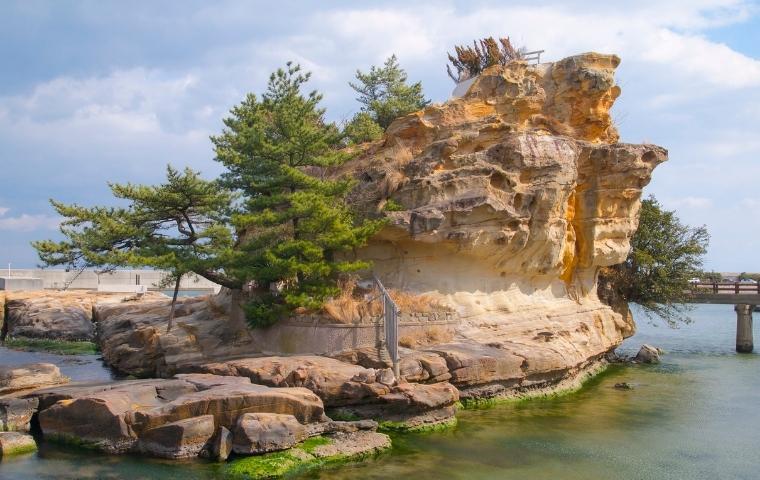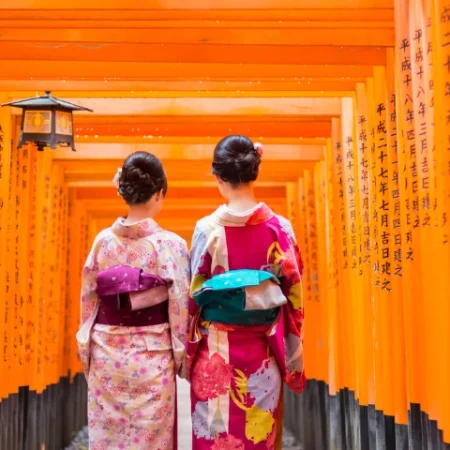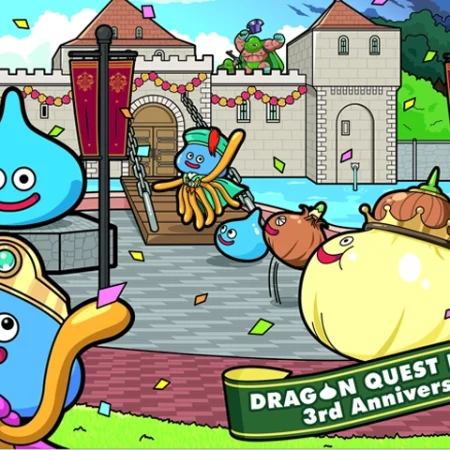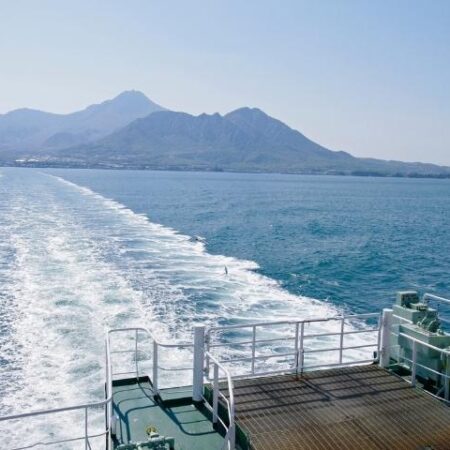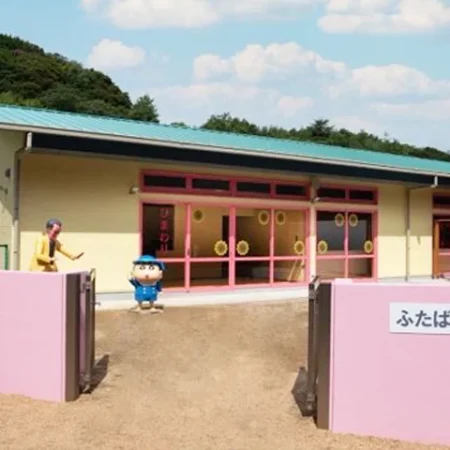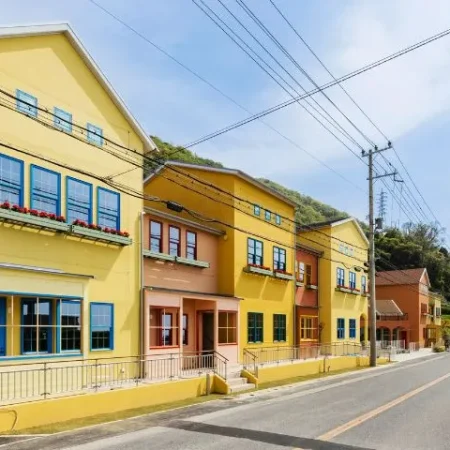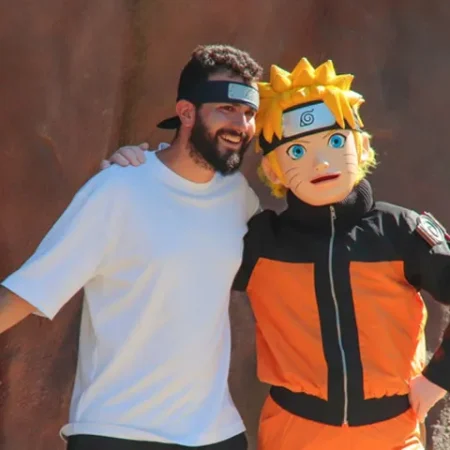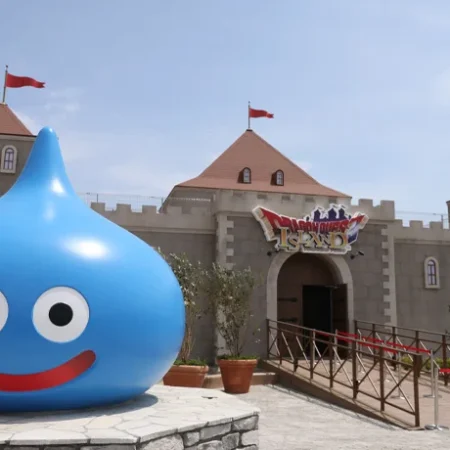When passing through Iwaya Port on Awaji Island, you may notice a small, yet captivating island nearby called Eshima. Though inaccessible, Eshima bears great historical significance in Japan. Want to know more? Let’s delve into its story briefly!
Table of Contents
The Birthplace of Japan, Onokoro Island
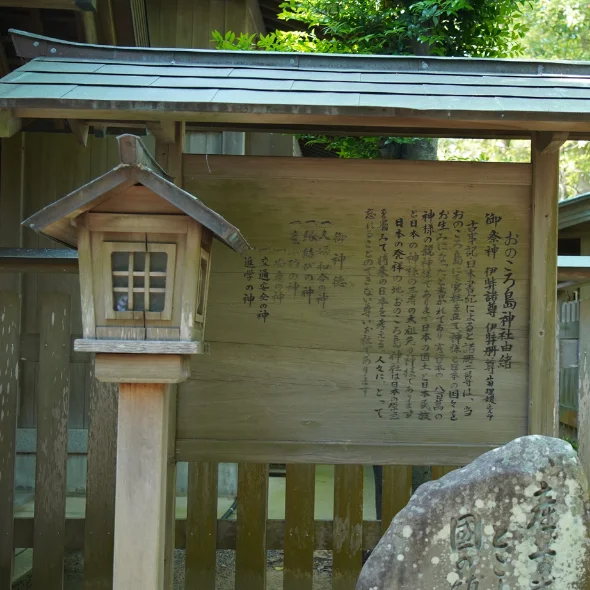
Eshima is pivotal in Japan’s myth, tracing back to ancient mythology. According to the Kojiki, Japan’s oldest historical record, there’s mention of Onokoro Island, meaning “self-forming island”. Legend has it that the divine couple, Izanagi and Izanami, stirred the chaotic sea with a divine spear, birthing the island. This myth elevates Onokoro Island to a sacred place in Japan’s cultural narrative, marking where Izanagi and Izanami descended from heaven to form Japan.
Eshima is strongly believed to be the Onokoro Island
In the tales, Awaji Island, located in the eastern Seto Inland Sea, is often associated with Onokoro Island, yet the exact location remains a mystery. However, various theories and evidence point to specific locales as potential sites of Onokoro Island, with Eshima emerging as a prominent contender. While Nushima holds strong candidacy, Eshima’s proximity to the Akashi Strait, historically inhabited by Ama, the sea people, adds weight to its claim.
The Ama, renowned as the sea people, were essential during the Yayoi period (300 b.c.e.~250 c.e.), heralding significant advancements with their introduction of metal tools and cutting-edge technology. Their unparalleled navigational prowess, even millennia ago, is remarkable. They served as conduits for the latest innovations and knowledge from the continent, shaping Japan’s development.
References to the Ama are abound, including in the Kojiki, where they’re depicted as a pivotal ethnic group bolstering the foundations of ancient Japanese civilization. Their contributions spanned realms of technology, trade, and culture, leaving an indelible mark on Japan’s history.
However, Eshima’s charm extends beyond its historical significance. The island’s petite stature belies its geological richness, boasting layers of sandstone dating back approximately 20 million years. Erosion has sculpted these rare rock formations into mesmerizing patterns, creating a visual spectacle worth beholding.
If you want to know more about the other potential candidates’ locations for Onokoro Island other than Eshima, you can check the articles below!
Aman no Shokutaku: A Restaurant that Represents the History of Japan
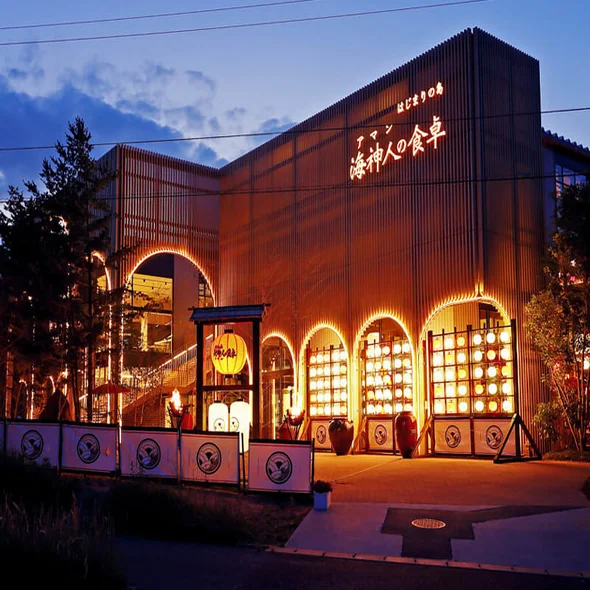
Inspired by the legacy of the Ama near Eshima, Awaji Island has given rise to a unique dining establishment known as Aman no Shokutaku. Utage, the first floor restaurant at Aman no Shokutaku, reverently honors culinary traditions, emphasizing authentic ingredients and time-honored cooking techniques. Aman no Shokutaku specializes in “Pirate Cuisine”, a culinary style deeply entrenched in Awaji Island’s rich heritage. Each dish served embodies tradition and innovation, inviting guests to experience the essence of Awaji’s maritime legacy with every bite.
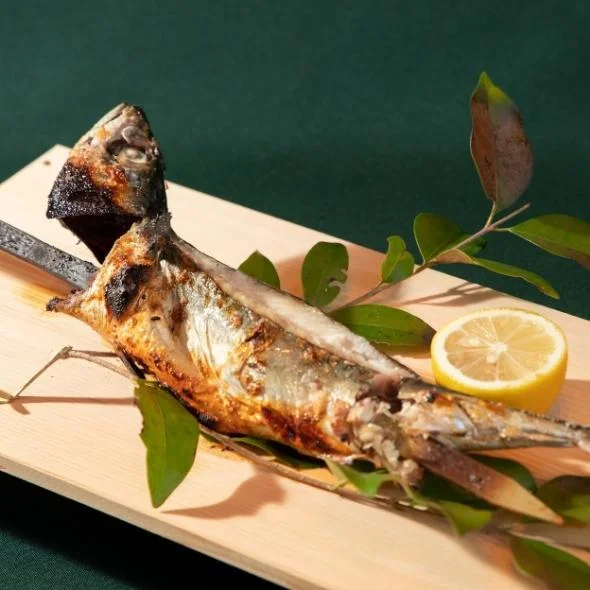
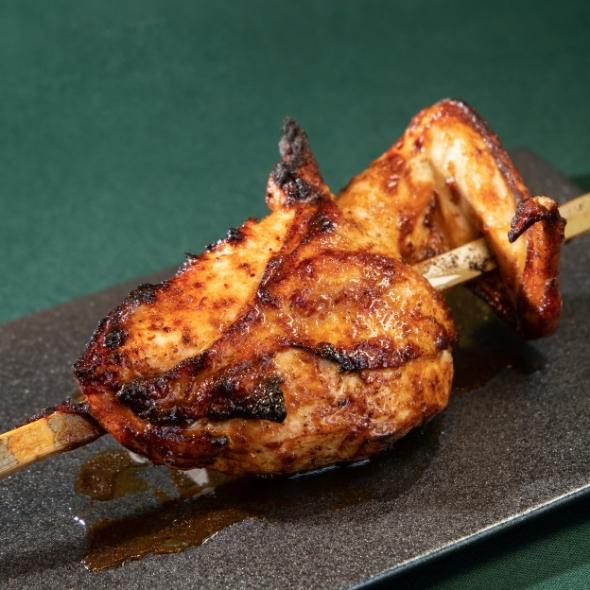
Click here for reservations Utage Click here for reservations Sajiki
| Name | Aman no Shokutaku 1F Utage 2F Sajiki |
|---|---|
| Address | 1042 Nojima-Tokiwa, Awaji City, Hyogo Pref. 656-1726 |
| Tel | "Utage” 0799-70-9089 “Sajiki” 0799-70-9090 |
| Operation Hours | “Utage”: Weekdays 11:00~21:00 (L.O. 20:00) / Sat., Sun. & Holidays 10:30~21:00 (L.O. 20:00) “Sajiki” 11:00~15:00 / 17:00~21:00 (L.O.19:30) Closed: Tuesdays |
| Website | https://amannoshokutaku.jp/ |
| Reservations: Utage | https://www.tablecheck.com/en/shops/aman-utage/reserve |
| Reservations: Sajiki | https://www.tablecheck.com/en/shops/aman-sajiki/reserve |
| Review: Utage | https://www.tripadvisor.com/Restaurant_Review-g1022838-d24037141-Reviews-Aman_No_Shokutaku_Utage-Awaji_Awaji_shima_Hyogo_Prefecture_Kinki.html |
| Reservations: Sajiki | https://www.tablecheck.com/en/shops/aman-sajiki/reserve |
Click here for details of Aman no Shokutaku
Next time you’re in the Iwaya area, make sure to spare a moment to gaze upon Eshima! For enthusiasts of Japanese history, a visit to this area solely for Eshima is highly recommended!



